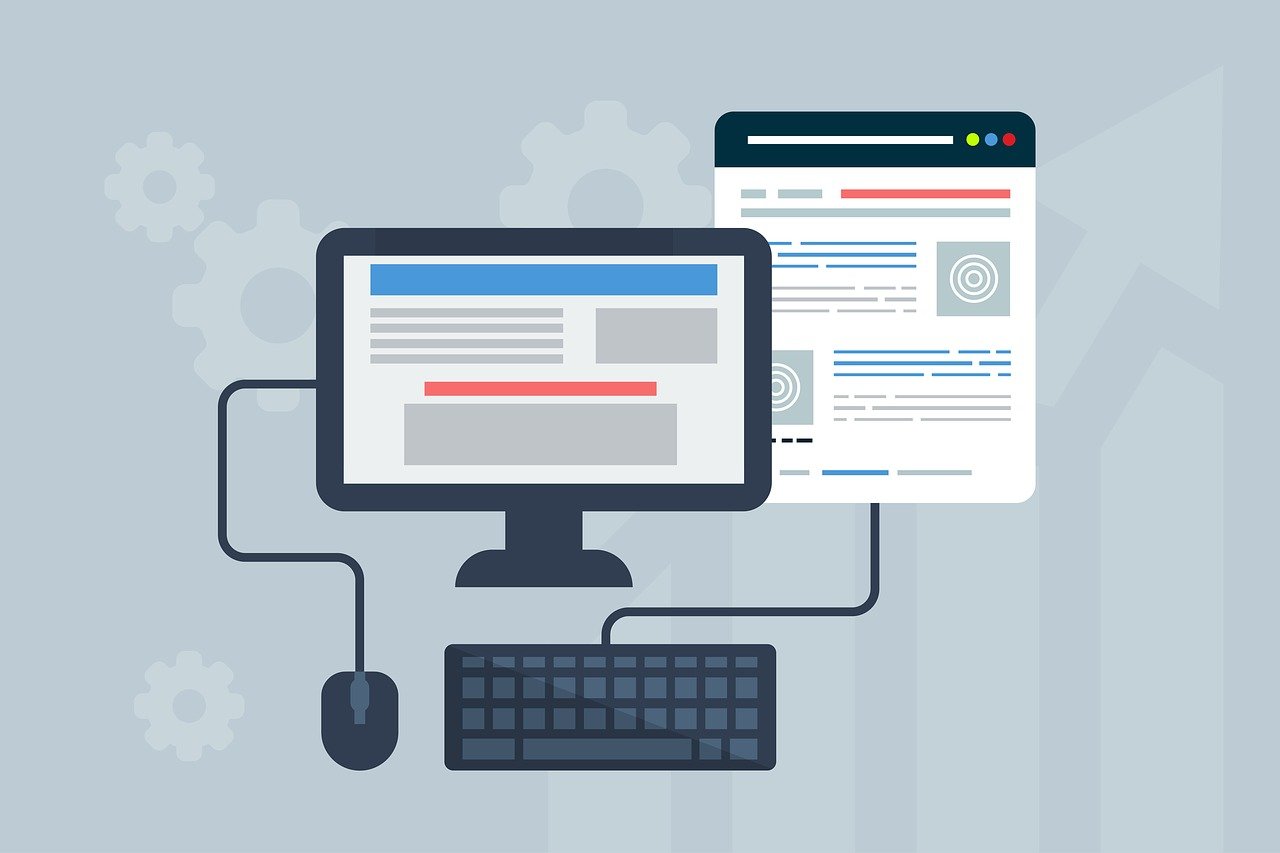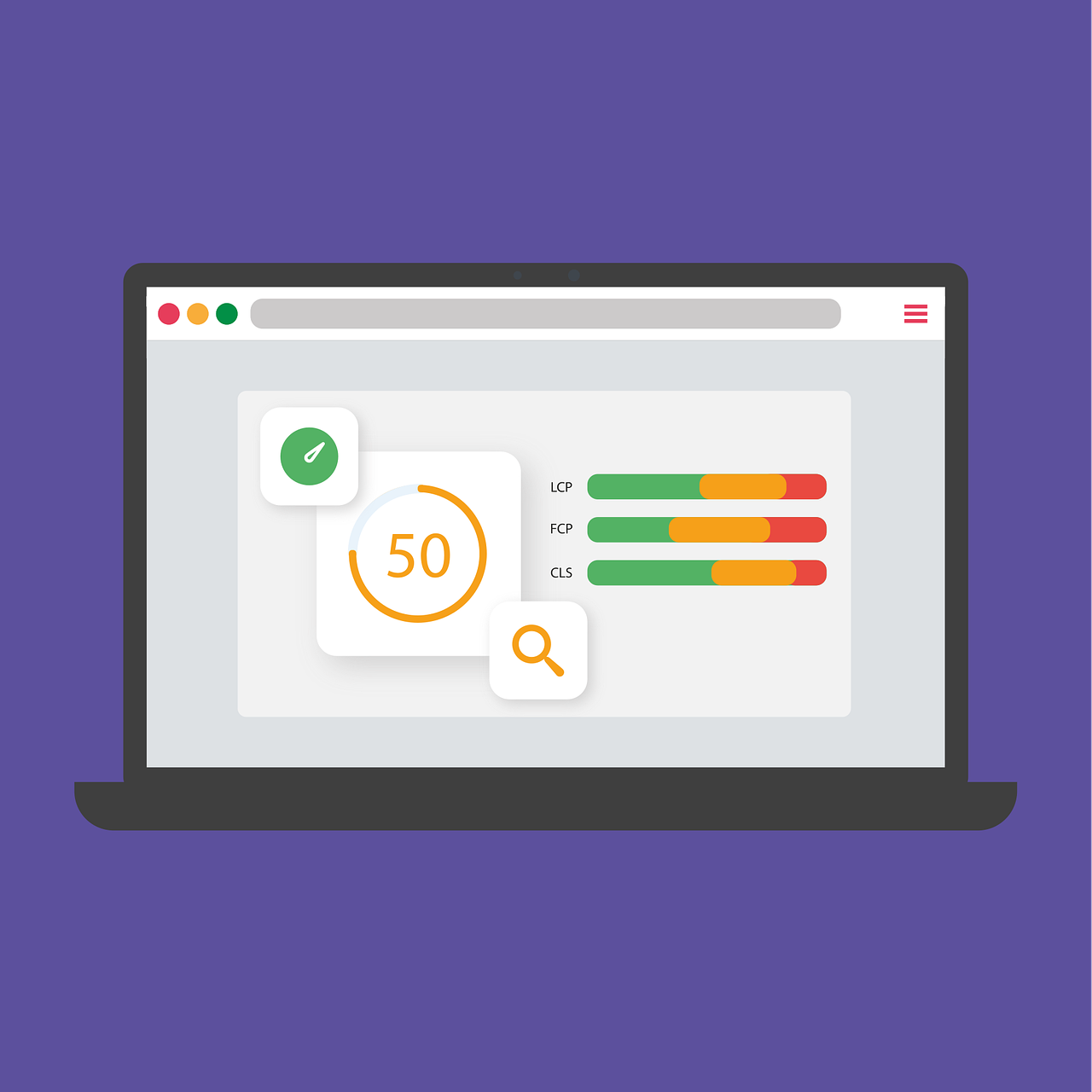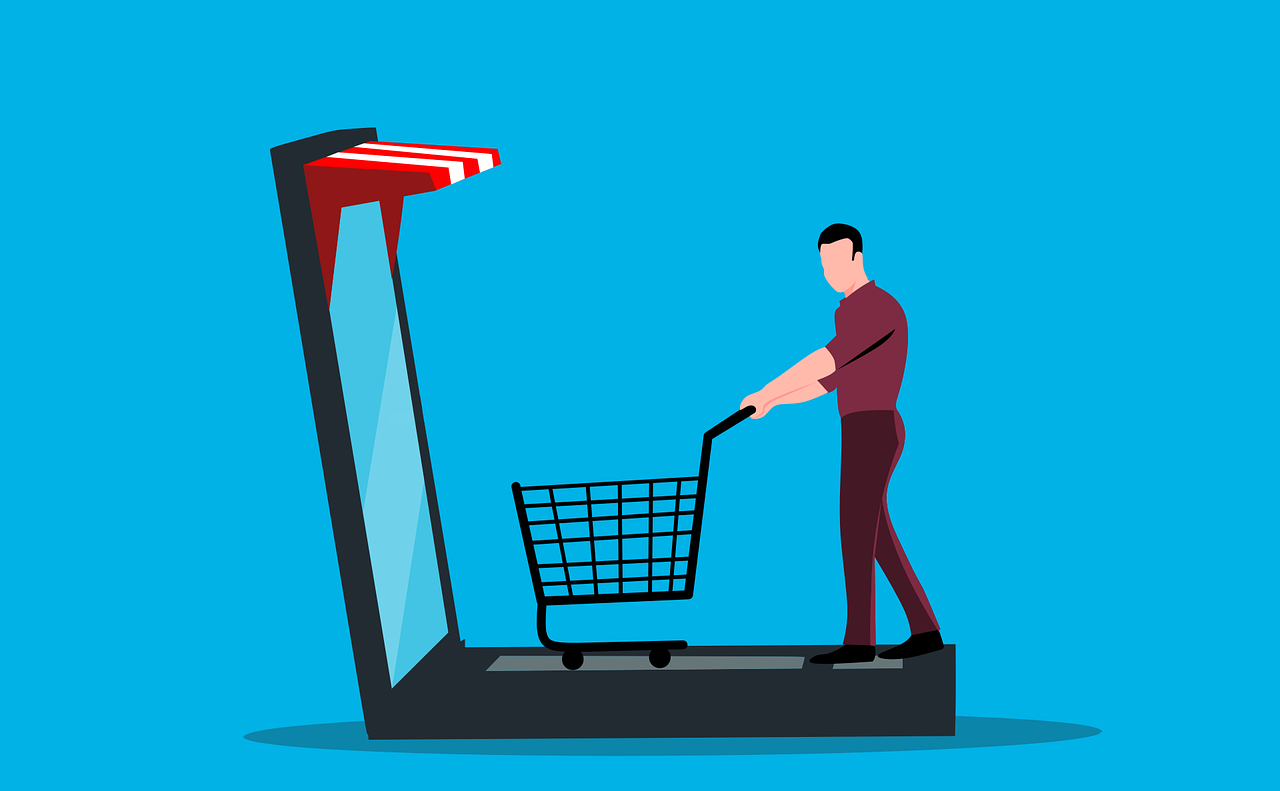In this post, I will talk about thriving in E-commerce through effective website design.
In the competitive sphere of e-commerce, effective website design can be the difference between thriving and floundering. The online consumer is unlikely to forgive poor navigation or cluttered layouts.
A sleek, user-friendly platform may be the strongest tool in an online vendor’s arsenal. In this high-stakes digital arena, website design emerges not as an accessory but as a vital element of a successful business strategy.
Table of Contents
The Power of Simplicity
Simplicity holds undeniable power in e-commerce website design. Consumers appreciate intuitive, clear interfaces. A minimalist aesthetic can enhance usability, allowing consumers to navigate and purchase with ease.
It is a foundational element, ensuring that visitors do not leave due to frustration. Avoiding superfluous elements ensures a streamlined customer experience, directing focus toward the products or services offered.
Beyond aesthetics, simplicity also reduces cognitive load—a critical factor in decision-making. When faced with too many choices or complex options, consumers may feel overwhelmed and abandon their cart.
By providing clean lines and straightforward pathways, you guide buyers gently and efficiently towards making purchasing decisions without unnecessary distractions.
Easy Navigation Is Non-Negotiable
Website navigation should be as straightforward as a friendly conversation. Each menu, category, and section should be instinctive, requiring minimal clicks to reach the desired page.
Investing in an uncomplicated navigation system pays dividends, keeping consumers engaged and reducing bounce rates. A consumer stymied by complexity is a sale lost, and perhaps a customer too.
Mapping out user flows and testing different navigational layouts can help refine this element to suit your audience’s preferences. User testing offers insights into typical browsing habits and can reveal unexpected navigation pain points.
Regularly reviewing and updating navigation based on real user data ensures an experience that increasingly aligns with customer needs.
For those looking to further elevate their design game, exploring various resources and expert guidance can be beneficial.
Interactive tutorials and actionable insights, such as those provided by IgniteDigital.com, can offer strategic input to refine navigation and user interfaces in alignment with industry best practices.
Loading Speed: The Silent Salesperson
Loading speed is the unsung hero of effective web design. Time is a commodity no consumer is willing to squander; a slow-loading page can deter potential buyers faster than an unsightly layout.
Investing in technologies that reduce server response time or compress large images yields benefits. Speedy pages contribute to higher visitor retention and improved sales conversions.
Besides the technical tweaks necessary to improve speed, understanding user attention span provides another layer to consider. Many users expect almost instantaneous loading times; delays greater than a few seconds can lead to exasperation.
Recognizing the importance of speed and continually optimizing it ensures that you maintain the valuable interest of your visitors.
Aesthetics Matter
The visual appeal of an e-commerce site is an extension of brand identity. Professionalism is often judged within the first few moments of engagement.
A coherent color palette, high-quality imagery, and attractive typography signal trustworthiness and attention to detail. While aesthetic allure cannot replace quality service or competitive pricing, it sets a compelling first impression that invites further exploration.
An eye-catching design can also evoke emotions, fostering a connection between the brand and its consumers. Thoughtful use of color theory and imagery can subtly influence purchasing behavior by instilling positive feelings and building enthusiasm.
This emotional layer forms the undercurrent for robust brand fidelity, nudging users toward a deeper engagement.
Seamless Checkout Encourages Purchase
A streamlined checkout process reduces cart abandonment. Allowing options such as guest checkout, multiple payment gateways, and simple form fields creates a frictionless journey from cart to confirmation.
Simplification is crucial here, as complexity breeds hesitation—something no vendor can afford.
The perceived simplicity of checkout can also impact consumer security perceptions. Employing clean design and removing unnecessary steps not only speeds up the process but enhances feelings of transparency and security.
These perceptions can lead to improved sales conversions, as buyers feel more confident in their purchasing decisions.
Mobile Optimization Is Imperative
As millions of consumers shop via mobile devices, websites optimized for smartphones and tablets have become indispensable. Adapting design elements that allow seamless interaction across different screen sizes should not be seen as optional.
A mobile-friendly site keeps pace with changing consumer habits, enhancing accessibility and potentially stretching a business’s reach.
Trust is a Currency
Building consumer trust is paramount. Transparency in privacy policies, clear contact information, and trusted security badges are non-negotiable. Testimonials and reviews further cement goodwill and invite new customers.
A reliable website reassures consumers of the authenticity and security of a transaction, transforming hesitant clicks into confident purchases.
Parting Thoughts
In the ever-expanding realm of e-commerce, mastering effective website design can place a firm on the cutting edge. Its elements act as both ambassadors and strategists, ensuring consumer satisfaction and business vitality.
By prioritizing the visual appeal, ease of navigation, loading speed, mobile optimization, and consumer trust, merchants convert transient visits into lasting engagement, forming the foundation upon which digital commerce thrives.
INTERESTING POSTS
- 4 Things You Can Expect to See in the Future of Marketing
- Website Speed Optimization Tips for Windows Hosting
- How APIs Help To Improve Your Customers’ Experience [5 Tips]
- Top 5 Cybersecurity Threats That eCommerce Websites Should Watch Out For
- eCommerce Design Trends
- Why Choose a Data Analyst Bootcamp That Offers Job Placement Support?
About the Author:
Chandra Palan is an Indian-born content writer, currently based in Australia with her husband and two kids. She is a passionate writer and has been writing for the past decade, covering topics ranging from technology, cybersecurity, data privacy and more. She currently works as a content writer for SecureBlitz.com, covering the latest cyber threats and trends. With her in-depth knowledge of the industry, she strives to deliver accurate and helpful advice to her readers.










